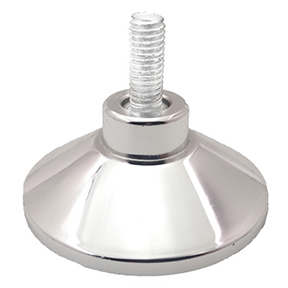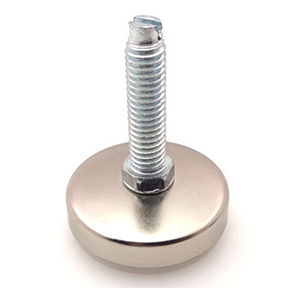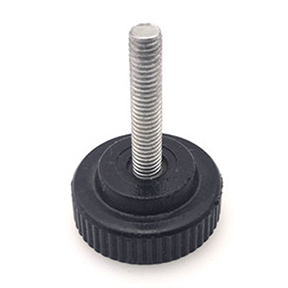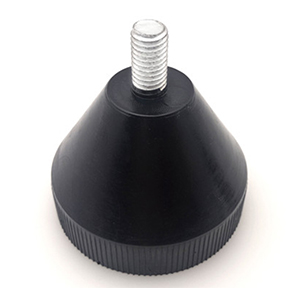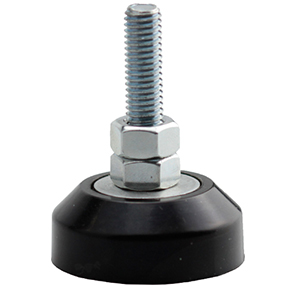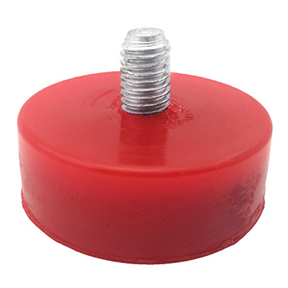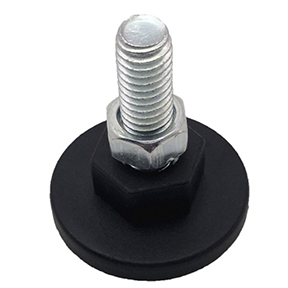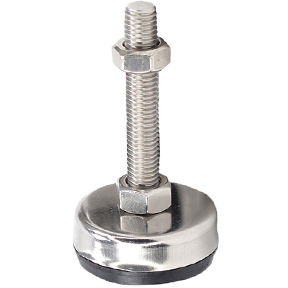Unusual measurements
Andrew Allcock gets the measure of latest news in the application and development of metrology technology, discovering some surprising applications in this area
Measurement technology from OGP UK (01283 585933) is helping Oxford-based Adlens produce a series of instant prescription glasses, used variously as emergency replacements, in disaster relief support, in eye surgery recovery or for third world sight improvement. The company's award-winning, sight correcting range of variable focus eyewear uses variable focus lens technology. With the Adlens development breakthrough, the power of each individual lens can be instantly adjusted at the turn of an intuitive dial.
Adlens spent three years in final development of two totally different types of variable focus lens for the Hermisphere and Emergensee product lines, which is where the OGP SmartScope has proven critical. Working much like binoculars, where focus is adjusted by way of a screw, Hermisphere uses a silicon oil injected between the rear lens and a flexible membrane. By varying the quantity of oil via two independent screw mechanisms, one for each eye, the fluid manipulates the membrane to vary the focus between -4.5 to +3.5, until the eye achieves clear vision. According to quality manager and test engineer Johannes Prins: "Without the SmartScope, we would have had great difficulty in gathering realistic measurements that were consistent.
Emergensee, which is a universal, one size fits all design, uses two textured polycarbonate lenses that move independently to focus one behind the other under screw adjustment from the edge of each frame. Power ranges from 6 to 3D. These glasses were developed for use in fluctuating circumstances, such as following eye surgery, by enabling immediate focal adjustment as needs change, or to temporarily overcome lost prescription glasses or contact lenses.
Most important, in Adlens' view, is the ability to accommodate crisis situations and to include them in emergency packs for distribution following humanitarian catastrophes, such as the recent earthquake and Tsunami in Japan and when thousands of people were left with no access to sight correction. Here, Adlens shipped over 1,000 pairs of Emergensee glasses to help in the relief effort.
Although the SmartScope offers both contact and non-contact inspection approaches, all of which are employed, according to Mr Prins non-contact measurement was the only viable method to encompass all requirements for the new products, driven by the need to prevent any leakage of the special silicon fluid encased in the Hemisphere lens, not only as part of its construction during its early trials, involving sealing the assembly using laser welding, but also during production.
"The bespoke design and complexity of the different shapes involved in progression of the product during development and the need to be very interactive, using easy to grab qualification data on the different components, meant we always needed to have consistency, be on-the-ball and ready to support our different departments. This applied across all stages of concept, development, tooling-up and production. Without the SmartScope, we would have seriously struggled with lead time to launch a proven product, which could have resulted in the possibility of the business being seriously challenged."
Adlens is currently checking 13 components on Emergensee glasses and 40 on Hemisphere, with some 60 different parts checked for another product under secret development. Materials included ABS nylon, polycarbonate and some steel components. In addition, on theHemisphere™ and its range of John Lennon eyeglass styles, sunglass lenses are available for outdoor use that have different levels of lens characteristics that need to be checked.
BOWLED OVER BY QUALITY
Non-contact measurement is also being applied at lawn bowls maker Taylor Bowls – that's bowls as in balls. Here a Phase Vision Quartz Scanner (01509 839000) has helped the company to gain 3D insight of its manufacturing processes.
Founded in 1796, Taylor Bowls is the Glasgow-based world leader in the manufacture of lawn bowls. Traditionally made of wood, lawn bowls are now manufactured from high performance polymer material for reasons of cost and durability. CNC lathes are used to perform successive turning operations to form the asymmetric profile of the bowl, giving the desired bias properties – ie, the curved path that the bowl will naturally follow when rolled along a flat surface. After testing, the bowls are polished, branded and packed. Taylor Bowls currently exports bowls and accessories to 97 countries.
Bias is tested as part of the production process by comparing the path of the bowl against a calibrated bowl. If a bowl is out of specification, it is sent back to have its profile re-matched. This judgement-based approach takes time and is lacking in absolute precision. Taylor Bowls sought a 3D measurement solution that would allow them to characterise its manufacturing process and to model the effects of different corrective actions.
Phase Vision's applications engineers measured batches of bowls after machining and compared measured profiles to that of the master bowl. A repeatability exercise was also carried out on a total of 60 bowls, where the measurement speed of the Phase Vision Quartz Scanner was a particular benefit for this task. By converting the 3D measurement data into STL format, it was also possible to generate software for use with other manufacturing technologies, including laser positioning and robotic handling.
Taylor Bowls general manager, Andy Jolly, states: "Phase Vision provided a 'one stop shop' solution to deliver all of the measurement services we required and gave us the ability to move our key manufacturing process forward. This gave us peace of mind that all our products are being manufactured to a high and consistent standard, in order to compete effectively in all of our global markets."
Phase Vision's CEO Ralph Weir adds: "The work completed for Taylor Bowls proved to be a fascinating and challenging application for the Phase Vision Quartz Scanner. We were able to add real value to a multi-stage manufacturing process, where 3D measurement data could be combined with years of workshop experience, in order to deliver new levels of capability for our customer."
Previous:Fronius VR 5000 Case offers mobile welding wire feed tough enough for salty environments Next:SEM LA Territory Manager Mr Ivan Pezzoto Accepted the Interview of Local Magazine
- Fracture repair knowledge ruled handwheel handle
- Troubleshooting ruled bakelite hand wheel and troubleshooting
- Ruled handwheel is a natural bakelite handwheel
- Bakelite valve installation, operation and maintenance
- New pressure-filled rubber mold bakelite handle
- Large hydro elastic metal plastic Thrust Bearing Technology
- Our robot industry development trends
- CNC machine tools towline Forecast
- Rotating the handle needle valve
- Rotation of the handle shut-off valve


